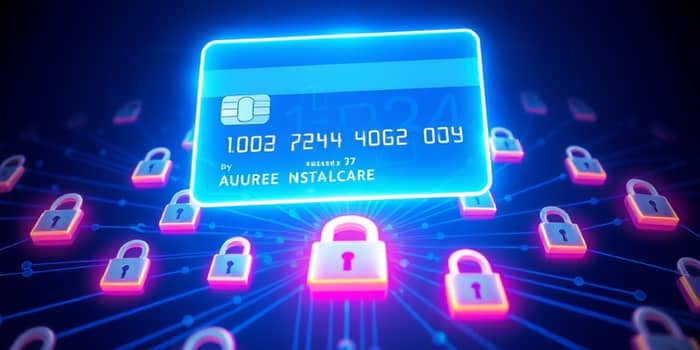
Imagine completing an online purchase without the nagging fear of data theft. Virtual credit cards offer that freedom, transforming how we shop and pay in today’s digital world. Let’s explore how this technology provides instant peace of mind and practical steps you can take right now.
In the past decade, online shopping has become an integral part of our lives, yet security concerns have grown in tandem. Virtual credit cards emerged to address this gap, offering a digital version of your plastic card with no physical form. These cards are generated through your banking app or online portal and can be customized for one-time use or multiple transactions.
Early adopters were tech-savvy consumers and businesses eager to embrace enhanced security and privacy. Today, anyone with internet access can create a virtual card in seconds and conduct transactions without exposing their actual account number.
When you initiate a purchase, your bank’s system generates a unique, temporary card number. This number replaces your real credit card details during the transaction. Advanced encryption and tokenization ensure that only the virtual number is shared with the merchant, while the true account remains hidden.
Once used, a single-use card expires immediately. For recurring payments, you can set multi-use cards with a predefined expiration date or spending limit. This unique temporary card number prevents fraudsters from reusing stolen credentials.
Virtual credit cards are more than a tech novelty. They deliver real advantages that address common concerns around online shopping:
To see why virtual cards stand out, consider the following comparison table showing key metrics across popular payment options:
To unlock the full potential of virtual credit cards, follow these tips:
Enterprises are gravitating towards virtual credit cards to streamline expense management and tighten security. By issuing individual cards to employees or departments, firms can assign real-time expense tracking and reporting capabilities and limit each card by budget, vendor, or time period.
This approach reduces the risk of unauthorized spending, simplifies audits, and accelerates reimbursement processes. Companies also benefit from simplified reconciliation workflows as each transaction is tagged to a specific virtual card and project.
While virtual cards offer many advantages, they aren’t a perfect fit for every scenario. Some merchants—especially those processing in-person payments without digital wallets—may not accept them. Additionally, handling refunds can be tricky if a card expires before a refund is issued.
To mitigate these issues, retain access to your issuing platform and reissue or extend the virtual card when a refund window is open. For in-person purchases, integrate the card into your digital wallet to tap and pay seamlessly.
As online fraud evolves, so must our defenses. Virtual credit cards represent a powerful tool in the fight against data breaches and unauthorized charges. By masking real card details, imposing strict spending limits, and allowing instant deactivation, they deliver superior security and control while preserving the convenience we expect in modern payments.
Whether you’re an individual shopper seeking peace of mind or a business aiming to optimize expense management, virtual credit cards can transform your financial interactions. Embrace this technology today and take control of your digital finances like never before.
References













